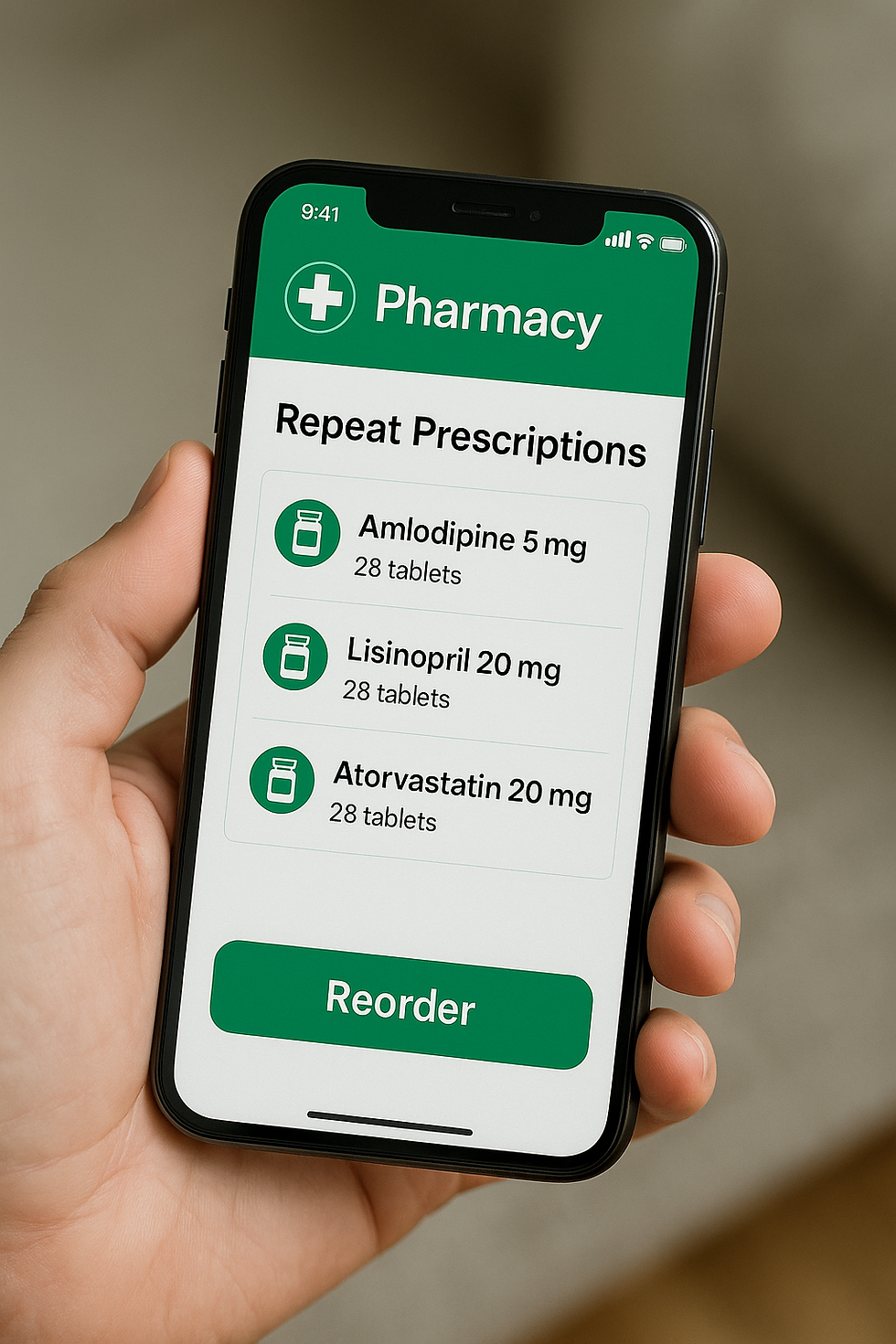The MAYA Principle: Essential for Safe AI Adoption as Healthcare Continues to Progress
- Kyle

- Apr 17
- 3 min read
Inspired by a recent reflection after seeing a post on LinkedIn
I recently came across a post on LinkedIn that reignited something I hadn’t thought about in a while, the MAYA Principle. It is a concept that I first came across back in 2018, when we were designing Well Digital Pharmacy, one of the early national-scale digital pharmacy platforms. At the time, convincing people that medication supply didn’t have to come solely from a brick-and-mortar pharmacy was difficult. There was hesitation. Resistance. Even fear.
People were sceptical, not because the model didn’t make sense, but because it was unfamiliar.
That’s when I came across the MAYA Principle, and it’s stuck with me ever since.
What is the MAYA Principle?
MAYA stands for “Most Advanced Yet Acceptable.” It’s a design philosophy introduced by industrial designer Raymond Loewy, and its core idea is simple but profound:
"The best innovations are those that balance novelty with familiarity."
As Google’s AI definition puts it:
“The phrase ‘most advanced yet acceptable’... suggests that the best design balances innovation with familiarity, offering users something new and exciting without being too disruptive or unfamiliar. The goal is to create something advanced enough to capture interest but familiar enough to be accessible.”
In other words, innovation can’t outrun comfort. Too radical, and it becomes alien. Too familiar, and it fails to inspire.
Why This Matters in Health Tech — Especially With AI
The MAYA Principle has taken on a renewed relevance in today’s healthcare landscape, particularly with the surge of AI in clinical systems. The technology behind AI is, in many cases, far more advanced than what most of us are ready to use, or trust.
And trust is critical.
No matter how sophisticated the algorithm or predictive model, if the users — whether clinicians, patients, or even regulators, can’t relate to it or understand its outputs, they simply won’t use it. Or worse, they might misuse it.
This is why incremental rollout matters. It’s not just about the tech being “ready.” It’s about users being ready to receive it, understand it, and integrate it into safe clinical practice. The best digital health solutions evolve alongside their users, not in spite of them.
A Personal Reminder from 2018
Back at Well Digital in 2018, when we were trying to build and launch a remote-first model for pharmacy services, the scepticism wasn’t about the possibility of the model. It was about acceptability. People couldn’t easily see a world where prescriptions were fulfilled without stepping into a pharmacy.
What helped us push forward was not brute force or big-bang launches. It was designing for trust. We introduced the most advanced features we could, in ways that were still acceptable to the users of the time.
It worked. But it took patience.
The EPMA and AI Parallel
Today, the same principle applies to EPMA systems and AI-enabled clinical decision support. We can build astonishing tools. Predictive analytics, smart prescribing checks, NLP-based documentation... the possibilities are endless. But the safest way to ensure adoption is by introducing these tools in familiar packaging, with clear, transparent benefits, and robust governance.
Otherwise, innovation becomes noise.
Final Thought
The MAYA Principle is more than a design theory, it’s a strategy for cultural change. And in healthcare, culture is everything.
If we want AI and digital systems to thrive, not just exist, we need to meet people where they are, even if we’re quietly leading them to where they need to be.
One step at a time.





Comments